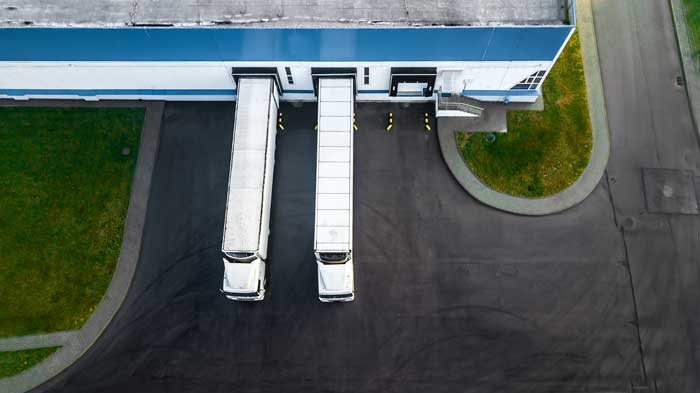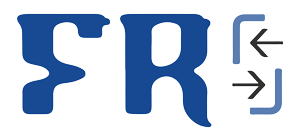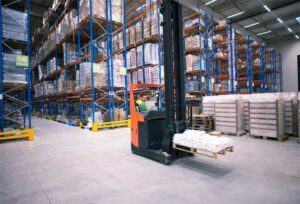In FR SERVICIOS LOGISTICOS we take charge of managing your cross docking operations, to enable you to plan supplies or the goods you manufacture for specific customers with a greater margin of time, guaranteeing the service your customers need.
We receive and guard reserved goods for an end customer until it is time to send them in the required manner.
What is cross docking?
In a goods supply chain, the warehouse is the key elements that connects supplies / manufacturers (offer) with consumers (demand). This flow is not continuous, as the offer and demand are not synchronised and the warehouse is the regulating element where goods are kept until the demand is made.
Cross docking activity can be carried out with different loading units (pallets, boxes, kits, etc.) and makes it possible to quickly access these goods when it is time to send the shipment to the customer.

FR SERVICIOS LOGISTICOS helps you to control and perform your cross docking operations, bearing in mind the variability of circumstances that could occur:
In pre-distributed cross docking, when loading units reach the warehouse they have been prepared and organised by the supplier considering the end-customer demand. As a result, the cross docking operation is limited to receiving goods and shipping them at the required time without any kind of manipulation.
In manipulated cross docking, the goods that are going to be reshipped reach the warehouse without having been either prepared or organised by the supplier considering the end-customer demand. As a result, the cross docking operation requires manipulation, to adjust it to customers’ requirements. Labelling operations, box and/or content repair and other AVL processes make this adjustment.
In consolidated cross docking, the goods to be reshipped that arrive at the warehouse do not correspond to the entire end-customer demand, but need to be complemented with other goods that are prepared with stock from the warehouse or provided by another supplier. This cross docking operation requires the consolidating goods from several origins to cover the customer’s end demand.
This is a more flexible type of cross docking, which is used to deal with a greater variety of situations, although it also requires an effective coordination of all the tasks linked to this operation.
Our cross docking processes:
- Control of forecast cross docking operations that are expected to arrive at the warehouse.
- Control of arrivals with record of traceability through the SSCC ‘licence plate’.
- Custody of the goods until they are sent to the customer.
- Manipulation and AVL operations are performed on the goods before they are sent to the customer.
- Consolidation of several receptions into a single shipment to the customer.











